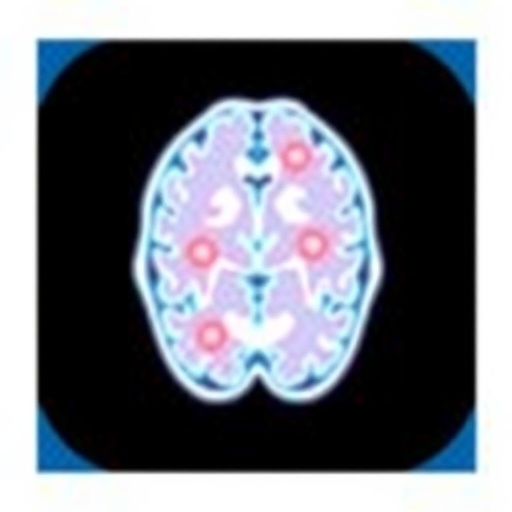In a remarkable advancement in the realm of neurological health, a researcher from the University of Florida has introduced an innovative open-source software designed to enhance the analysis of patient videos showing symptoms of Parkinson’s disease and other movement disorders. Named VisionMD, this pioneering tool utilizes advanced artificial intelligence to accurately monitor subtle motor changes that clinicians often struggle to observe through conventional assessments. Such developments promise significant improvements in patient care and the realm of clinical research.
Dr. Diego Guarin, an assistant professor specializing in applied physiology and kinesiology at UF’s College of Health and Human Performance, developed this groundbreaking software as a response to the subjectivity and inconsistency that can accompany traditional clinical evaluations. In the fast-paced world of healthcare, where time is a constant constraint, Dr. Guarin recognized the necessity of an automated solution that could provide reliable and consistent evaluations of movement disorders. His vision was to allow clinicians to receive actionable insights from patient videos with minimal time investment.
In collaborative efforts with neurologists and clinician-scientists at the Fixel Institute for Neurological Disease, Dr. Guarin meticulously refined VisionMD to ensure it met the high standards of the medical community. This collaborative approach ensured that the software would not only serve its purpose but also integrate seamlessly into existing clinical practices. The result is a user-friendly tool that transforms everyday video recordings—whether taken on smartphones, laptops, or even during telemedicine consultations—into a powerful resource for analyzing motor function.
One of VisionMD’s most significant benefits is its capacity to operate entirely on local computers, effectively addressing privacy concerns that frequently accompany cloud-based solutions. Dr. Guarin emphasizes this critical feature, noting that users can take advantage of the software’s capabilities without the fear of patient data leaving their secure networks. This unique quality sets VisionMD apart from many other tools in the health analytics space, establishing it as a safe option for healthcare providers who are increasingly cautious about data privacy.
Worldwide, the tool has already garnered attention and is being utilized by researchers across various countries—including Germany, Spain, and Italy. These researchers are now analyzing thousands of patient videos, exploring the manner in which computer vision technology can enhance care for individuals with movement disorders. Their commitment to improving the quality of care reflects the software’s potential impact on the field of neurology.
Dr. Florian Lange, a neurologist associated with University Hospital Würzburg, lauds VisionMD’s ability to deliver nuanced and objective measurements that professionals have long sought in the treatment of movement disorders. He, along with Dr. Martin Reich, a neuroimaging professor at the same institution, has adapted the software for their specialized work in optimizing treatments for patients with tremors, particularly those equipped with deep brain stimulation (DBS) implants. They appreciate that the software streamlines the process of gathering and analyzing data, which is invaluable in a medical environment where precision is paramount.
This objectivity transforms the evaluation process significantly. Unlike subjective assessments that can vary based on individual interpretations—where different clinicians might classify the severity of symptoms differently—VisionMD provides standardized, precise data that enhances diagnostic accuracy. By employing the software to analyze recordings made under different stimulation settings, medical professionals can determine which configurations of DBS yield the most effective symptom relief, improving patients’ quality of life considerably.
The breadth of options available for DBS programming presents a substantial challenge in treatment; however, VisionMD helps clinicians navigate these complex pathways with speed and accuracy. With millions of potential DBS programming combinations available, this tool is essential in helping healthcare professionals narrow down selections efficiently, thus leading to better treatment outcomes.
As an open-source platform, VisionMD is accessible for free, encouraging professionals to enhance and customize it according to their needs and preferences. This accessibility supports a community-driven approach to medical technology, offering opportunities for developers in the field to contribute to its evolution proactively. The research team at the University of Florida is also dedicated to extending the tool’s functionality and is actively working on integrating additional motor assessment tasks that are frequently employed in clinical scenarios.
With its intuitive interface and straightforward usage processes, early adopters of VisionMD attest to its potential to revolutionize how movement disorders are studied and treated. Dr. Guarin indicates that processing each video only takes a matter of seconds, a feature that significantly reduces the time burden on clinicians. This efficiency is particularly appealing in a healthcare landscape where speed and accessibility are crucial for patient management.
Despite this impressive leap forward, the team remains committed to continual improvement, fostering a culture of innovation that prioritizes patient care. The enthusiasm surrounding VisionMD reflects a broader trend in medicine, where technological advancements are becoming increasingly critical to improving healthcare delivery and outcomes. As the software continues to expand its capabilities and reach, it stands to significantly alter the trajectory of clinical practice in movement disorders.
In conclusion, VisionMD represents a significant milestone toward integrating advanced technology into healthcare. The combination of artificial intelligence, user-friendliness, and commitment to data privacy makes it a transformative tool not only for researchers but also for clinicians dedicated to improving patient outcomes. Through the efforts of Dr. Guarin and his team, VisionMD is paving the way for a future where objective data analysis becomes the norm in diagnosing and treating complex neurological disorders.
Subject of Research: Analysis of motor function in movement disorders using video-based AI technology
Article Title: VisionMD: an open-source tool for video-based analysis of motor function in movement disorders
News Publication Date: 4-Feb-2025
Web References: DOI Link
References: Nature Journal
Image Credits: University of Florida
Keywords
Movement disorders, Software, Parkinson’s disease, Computer vision, Neurology




